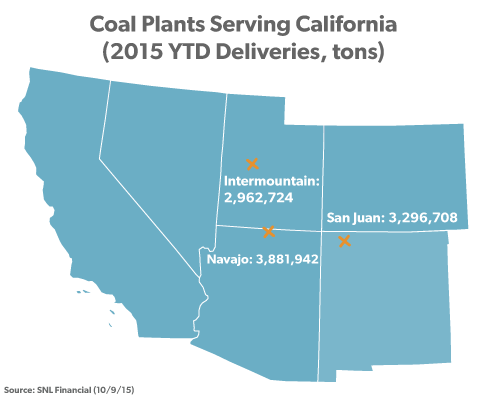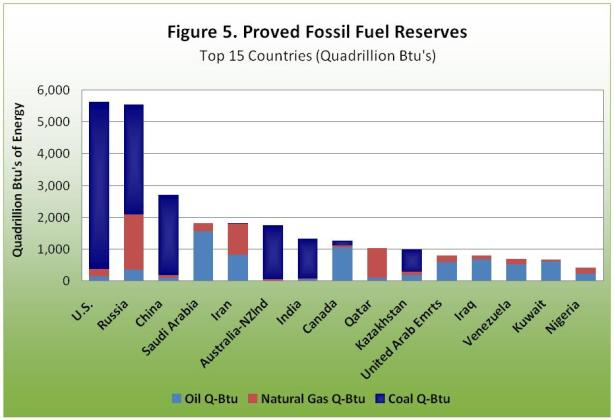Rigby5
Diamond Member
Coal is used to produce 19% of the electricity in the US.
View attachment 560615
And since our grid runs on baseline power and most people would be charging an EV at night there really wouldn't need to be an increase in power production and the emissions produced from electrical power generation wouldn't really increase and even if they did it would still be a net reduction in emissions if more people drove EVs
I disagree.
First of all, they hide the use of coal in the US.
Like CA claims it uses no coal at all, but the reality is that CA gets more than half of its electricity from temporary contracts in NV, NM, AZ, UT, etc. that are all coal.
CA just claims they don't know what these out of state sources are, so they don't have to list them.
Second is that sure natural gas got cheap from all that fracking, but fracking releases huge amounts of natural gas into the atmosphere, which is way worse than CO2, so is about 5 times more polluting than coal even, and will shortly run out in less than 20 years.
And no, when power consumption drops, like at night, they turn off some of the generators, saving fuel. So if you start charging car batteries at night, you have to keep all the generators running all the time, so fuel consumption and emissions are greatly increased.
The facts are unavoidable.
Conversion of fossil fuel to energy is almost as dirty at an electrical power plant as it is in an efficient car.
But EVs are much worse because they add the waste of having to go into and out of batteries, as well as adding all that battery weight.
Europe and Asia have cars getting 100 mpg, and clearly that is the way to do, not EVs that add all that extra battery weight, cost, and energy loss.






